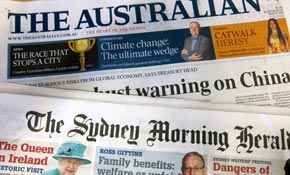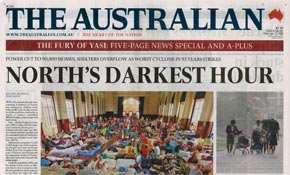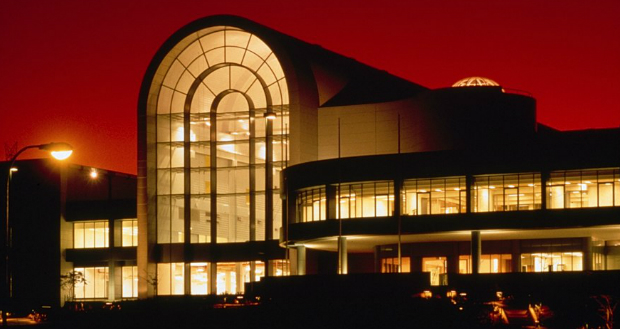
Fairfax has made deep cuts across editorial production, with 82 sub editors on the Sydney Morning Herald and The Age to be made redundant as work is outsourced to Pagemasters.
The media giant has also flagged up further changes to printing and distribution in Australia and New Zealand to reduce costs by $15m per year. These would include “some changes to production at [major Sydney printing site] Chullora”, said a Fairfax spokesperson.
Frank Sufferini, Fairfax’s general manager of investor relations, would not confirm any specific cuts at its printing operations, and said ongoing conversations with News Ltd about sharing printing were still “very preliminary”.
He told ProPrint that the talks were mostly focused on Sydney and Melbourne and “there is a long way to go before anything happens”.
Sufferini pointed out that there were major issues to work through, such as which publisher would get first dibs on press time or what would happen if one newspaper missed its slot.
In Melbourne, Fairfax’s Tullamarine plant is by far the newer of the two sites, while in Sydney, the two publishing giants sit side by side in Chullora, with News Ltd the newer factory.
Meanwhile, on Monday The Australian quoted an unnamed source at News Ltd saying around 20 jobs were being cut at its Chullora plant, which neighbours the Fairfax factory.
News Ltd’s director of corporate affairs, Greg Baxter, could not confirm The Australian‘s report of job cuts at the Chullora plant but stressed that even if it was correct, “it would have nothing to do with the discussion [over sharing print sites]”.
He told ProPrint that “we have started having some discussion [over sharing printing sites with Fairfax]”.
Baxter said that when talking about sharing print production, there were two overriding points to consider.
“First of all, is it possible to have all of your printing capacity in one place instead of two adjacent buildings and if so what would it cost? If we are going to use one plant, it would need to be combined in such a way as to produce all the publications for both companies when they need them.
“Second, does it make sense financially? You would only do this if you thought you could do it really well without downgrading quality and also if it would deliver significant cost savings. You wouldn’t embark on an operation like this unless it would deliver cost savings,” added Baxter.
Comment below to have your say on this story.
If you have a news story or tip-off, get in touch at editorial@sprinter.com.au.
Sign up to the Sprinter newsletter


